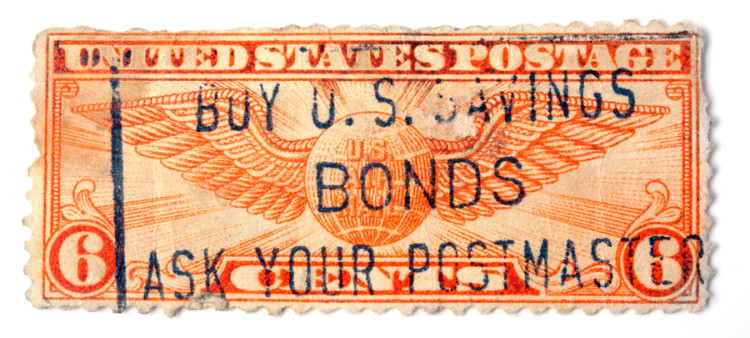Sellers Want to Sell, Buyers Want to Buy: Emerging Bond Boom

published Jan 22, 2018 7:50:48 PM, by Lyubov Pronina, Lilian Karunungan and Selcuk Gokoluk
(Bloomberg) —
Emerging markets are racking up bond sales at a record pace this year as issuers scramble to lock in low yields before the Federal Reserve’s next interest-rate increase.
1. The Tally so Far
Borrowers from Argentina to China have raised $64.7 billion in dollar- and euro-denominated bond sales, up from $50.5 billion in the same period last year and the most since Bloomberg started compiling data in 2007. The yield premium paid by emerging issuers on dollar debt has dropped to the lowest in more than three years as investors wager on resilient global growth and as the ongoing global stock rally encourages them to dive into riskier assets.
“Issuers want to issue, investors are happy to buy and therefore a lot of deals get printed,” said Ng Kheng Siang, Asia Pacific head of fixed income at State Street Global Advisors, which has $2.67 trillion under management. “Ahead of the impending rise in the U.S. bond yields with the Fed hiking rates, the issuers are going to take advantage of the current levels.”
2. Spreads Tighten
Of the 85 emerging-market bond sales that have already happened in 2018, the global hunt for yields enabled many issuers to tighten their pricing. Macedonia sold 500 million euros ($612 million) of seven-year bonds at 3 percent, almost three percentage points down from a similar-sized deal in 2016. Mexico cut its 10-year borrowing costs by 30 basis points in a $2 billion sale compared with an offering last year.
“The thirst for yield remains a dominant theme of our time,” said Burkhard Varnholt, global deputy chief investment officer at Credit Suisse Group AG. “It will not go away, given the demographics of aging and rising longevity, which are pushing pension-funds into high-yielding assets around the world. It stands to reason that this super trend will continue to unleash demand for GEM-bonds.”
3. Catch the Hunger While It Lasts
After $80 billion of inflows into bond funds last year, according to data compiled by EPFR Global, issuers may never have it so good as the Fed prepares to raise rates further and the European Central Bank slows its bond purchases.
“It may be the case that emerging-market bonds can’t get more attractive right now,” said David Lafferty, Boston-based chief market strategist at Natixis Investment Managers, which oversees $961 billion. “Given the spread between high-quality developed and emerging markets as central banks in the developed world begin tightening, it isn’t clear you’re going to have that much of a spread going forward.”
4. December Dues
Developing-nation sovereign and corporate issuers have the equivalent of $392 billion of debt maturing in 2018, according to data compiled by Bloomberg. The Dubai government’s $10 billion bond will be the biggest when it comes due in December, followed by $3.5 billion and 2 billion euros of Russian and Polish debt, respectively.
“Debt levels remain emerging markets’ Achilles heel,” said Delphine Arrighi, a London-based portfolio manager at Old Mutual Global Investors, which oversees $53 billion. “But as long as inflows keep pouring into the asset class, governments will continue to find relatively cheap funding in the market.”
5. Last Year’s Record
This year’s sale comes after flows to emerging-market bond funds had already surged to a record last year as money managers plowed cash into higher-yielding assets, according to data compiled by EPFR. Lower borrowing costs and buoyant investor demand also helped push new-bond issuance from developing-nation governments and companies to an all-time high of $676 billion in dollar and euro-denominated deals last year, up 37 percent from 2016.
“It is most appropriate to understand the strong start to 2018 as a continuation of where we ended in 2017,” said Kyle DeDionisio, Singapore-based investment director for fixed income at Fidelity International, which oversees $324 billion. “We see this as a clear reflection of two things: investors’ continued search for yield and the relative value that is present in EM.”



No Comment